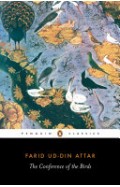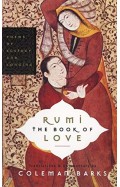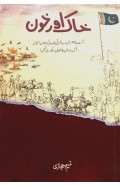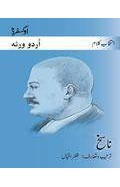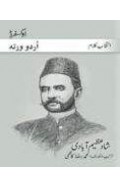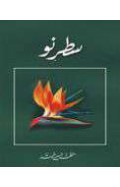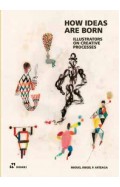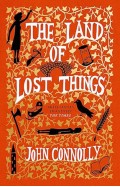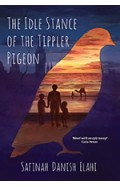The Evolution of Ghalib
By: Hasan Abdullah
-
Rs 2,205.75
- Rs 2,595.00
- 15%
You save Rs 389.25.
Due to constant currency fluctuation, prices are subject to change with or without notice.
One of the most oft-quoted poets of the nineteenth century, Ghalib was an intellectual colossus, whose poetry is imbued with timelessness and universality. Born and brought up in North India, he wrote both in his mother tongue, Urdu and in Persian, the established and privileged language of literature and officialdom. He wrote exquisite prose, but is better known for his poetry, particularly his Urdu ghazals.
In The Evolution of Ghalib, the author, Hasan Abdullah, provides a detailed introduction that describes Ghalib's life history and brings out his persona and situates his work in time and space. He briefly discusses the Urdu language and ghazal as a literary form and familiarizes the reader with the words, symbols and concepts crucial for understanding Ghalib's poetry.
Based on a chronological reading of Ghalib's Urdu ghazals, the author identifies the different stages and phases of the poet's development and from each of these phases, selects and interprets verses, including those that differ from the dominant trend, in order to reveal Ghalib's intellectual evolution. The book aims to make reading and understanding of Ghalib's Urdu ghazals a pleasurable and enlightening experience.
One of the most oft-quoted poets of the nineteenth century, Ghalib was an intellectual colossus, whose poetry is imbued with timelessness and universality. Born and brought up in North India, he wrote both in his mother tongue, Urdu and in Persian, the established and privileged language of literature and officialdom. He wrote exquisite prose, but is better known for his poetry, particularly his Urdu ghazals.
In The Evolution of Ghalib, the author, Hasan Abdullah, provides a detailed introduction that describes Ghalib's life history and brings out his persona and situates his work in time and space. He briefly discusses the Urdu language and ghazal as a literary form and familiarizes the reader with the words, symbols and concepts crucial for understanding Ghalib's poetry.
Based on a chronological reading of Ghalib's Urdu ghazals, the author identifies the different stages and phases of the poet's development and from each of these phases, selects and interprets verses, including those that differ from the dominant trend, in order to reveal Ghalib's intellectual evolution. The book aims to make reading and understanding of Ghalib's Urdu ghazals a pleasurable and enlightening experience.
Zubin Mehta: A Musical Journey (An Authorized Biography)
By: VOID - Bakhtiar K. Dadabhoy
Rs 892.50 Rs 1,050.00 Ex Tax :Rs 892.50
Rumi The Book Of Love Poems Of Ecstasy And Longing
By: Coleman Barks
Rs 3,055.50 Rs 3,395.00 Ex Tax :Rs 3,055.50
The Tainted Cup: An Exceptional Fantasy Mystery with a Classic Detective Duo
By: Robert Jackson Bennett
Rs 3,595.00 Ex Tax :Rs 3,595.00
How Ideas Are Born - Illustrators on Creative Processes
By: Miguel Angel Perez Arteaga
Rs 8,995.50 Rs 9,995.00 Ex Tax :Rs 8,995.50
Magnetic How to Attract Money Health Love and Happiness
By: Rochelle Fox
Rs 4,795.00 Ex Tax :Rs 4,795.00
The Idle Stance of the Tippler Pigeon
By: Safinah Danish Elahi
Rs 1,705.50 Rs 1,895.00 Ex Tax :Rs 1,705.50
Zubin Mehta: A Musical Journey (An Authorized Biography)
By: VOID - Bakhtiar K. Dadabhoy
Rs 892.50 Rs 1,050.00 Ex Tax :Rs 892.50












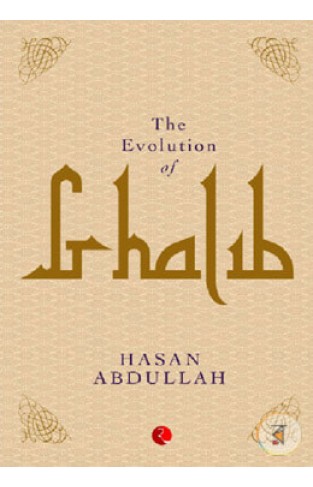
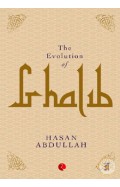
-120x187.jpg?q6)





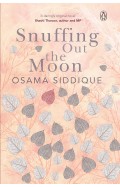
-120x187.jpg?q6)

